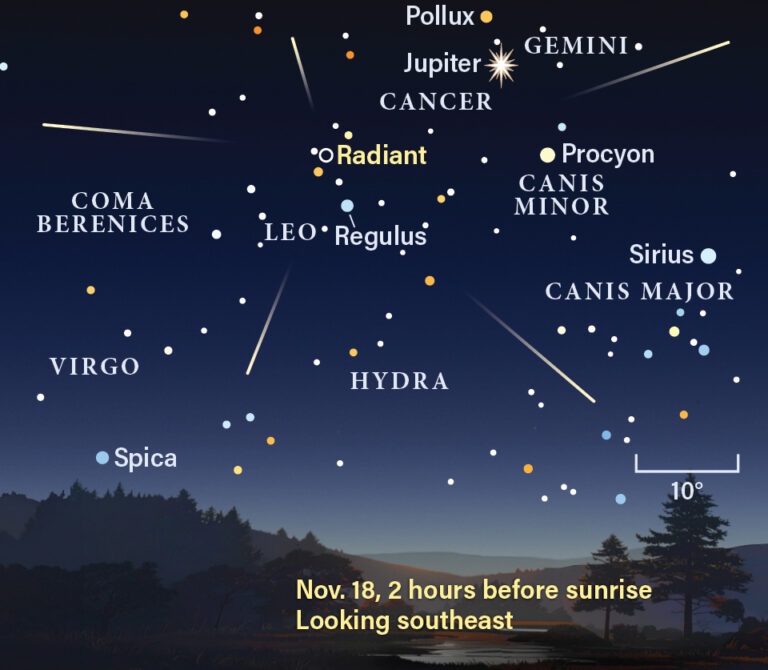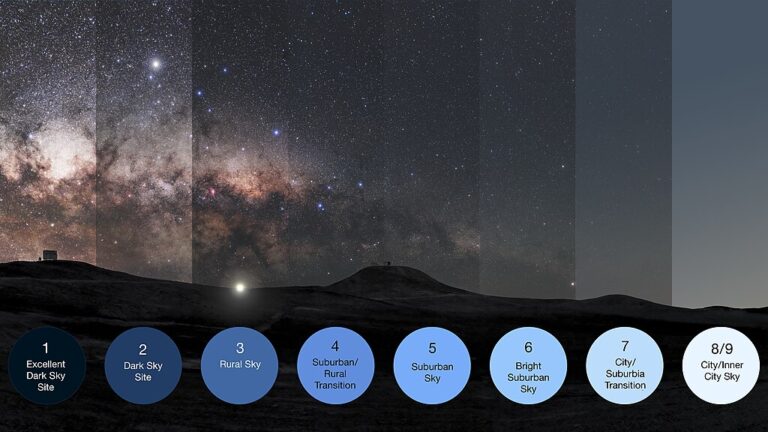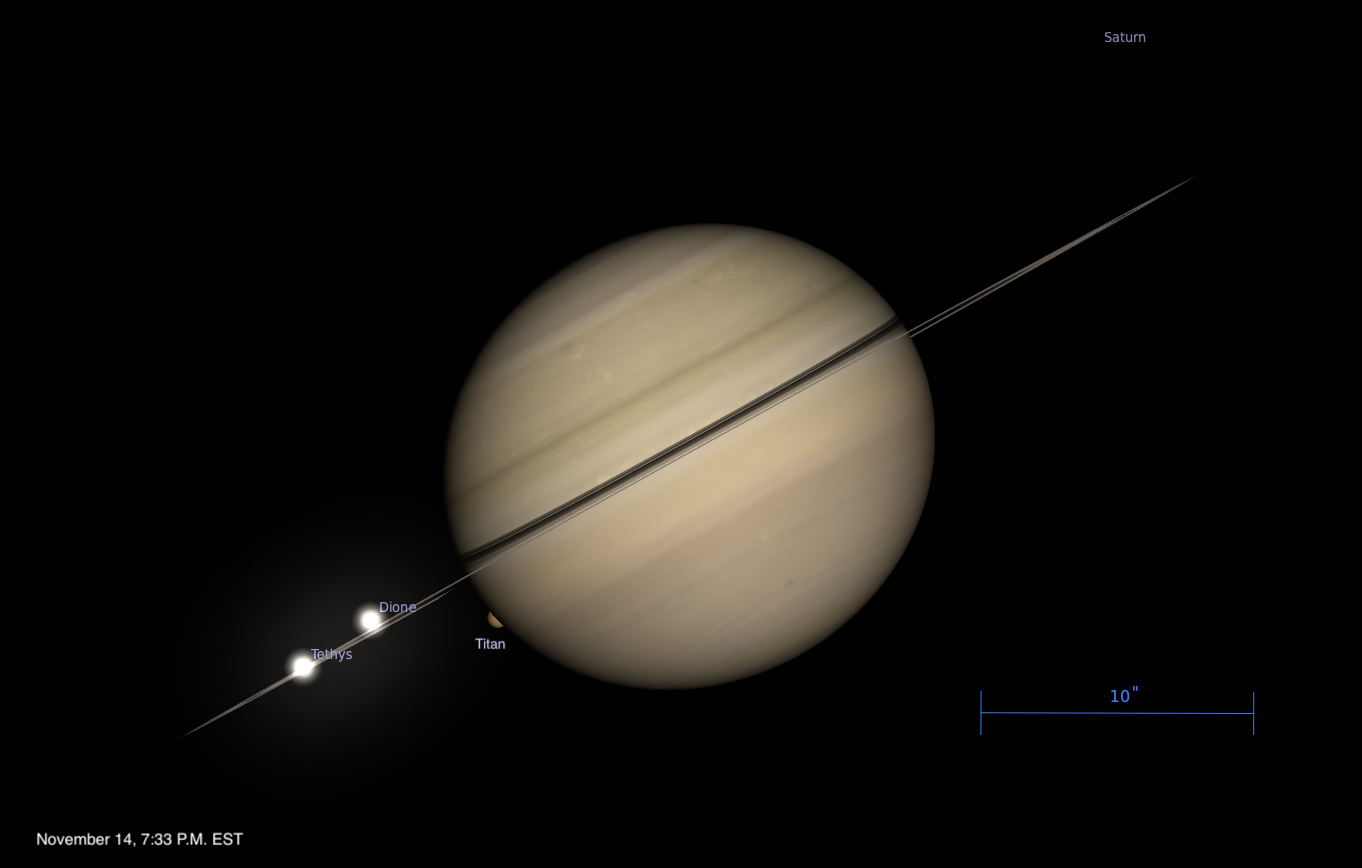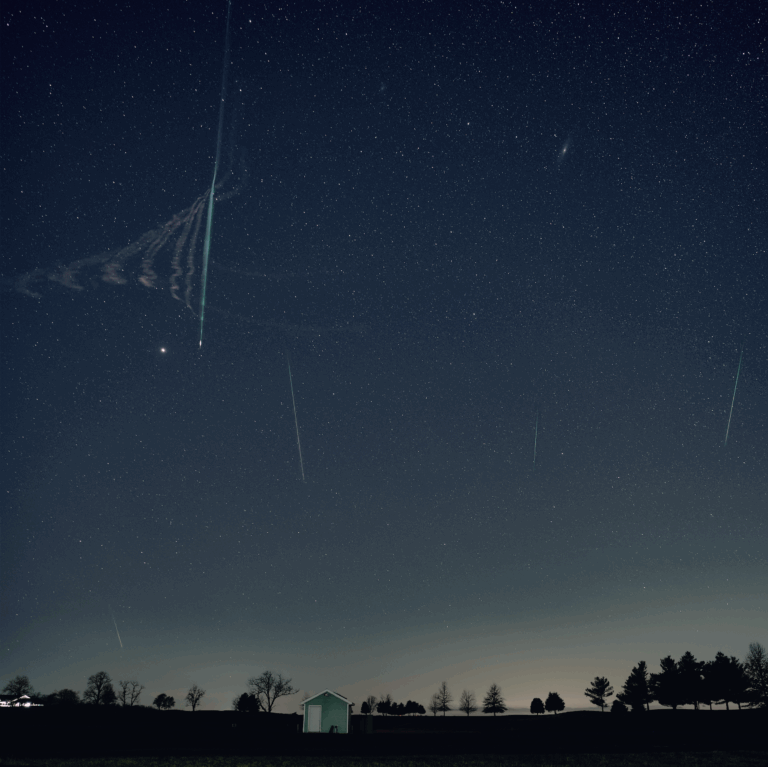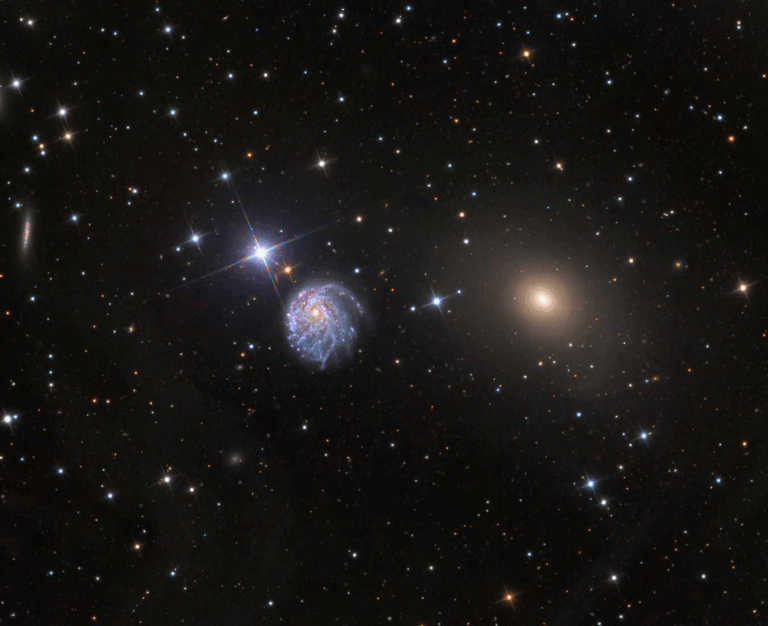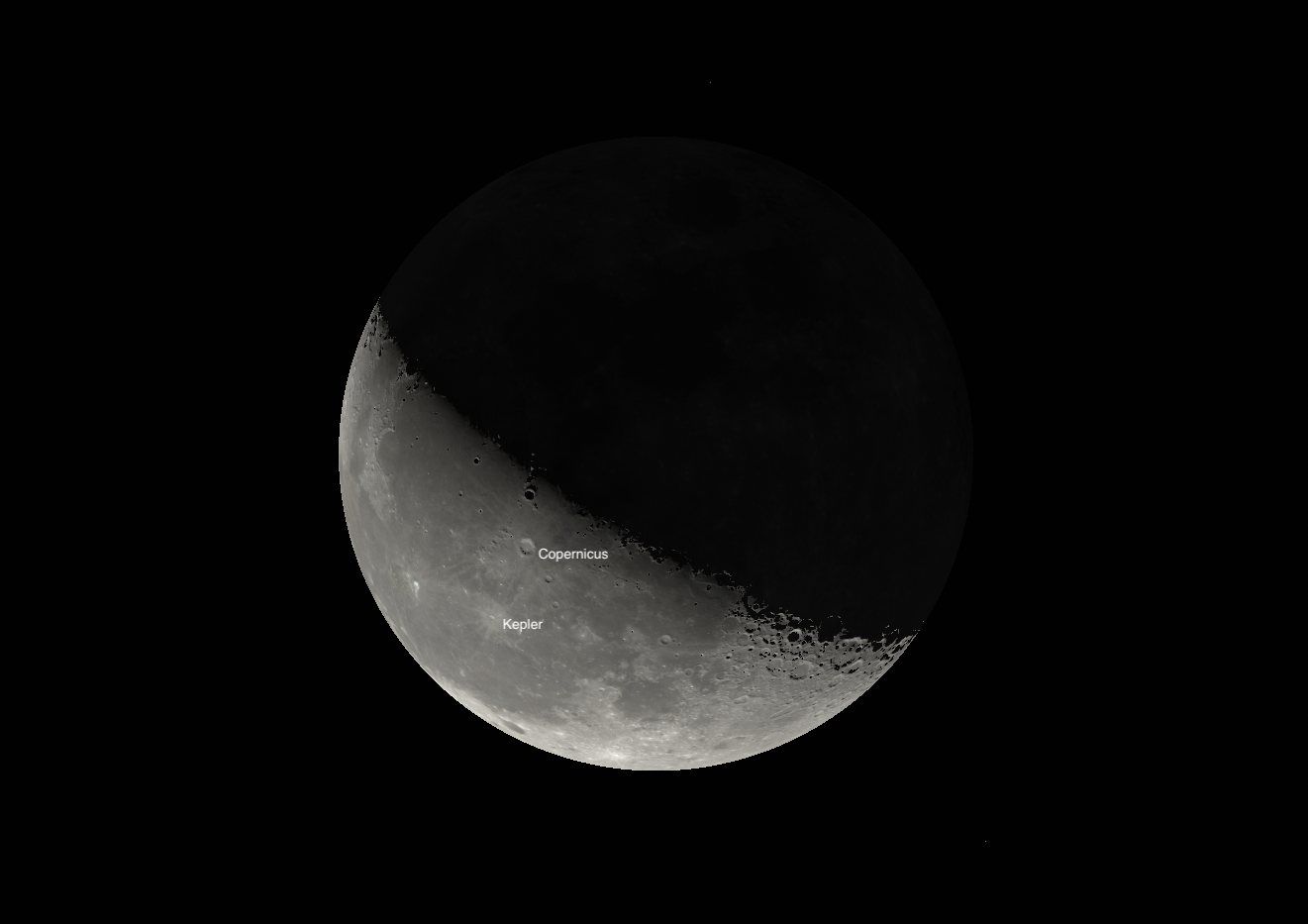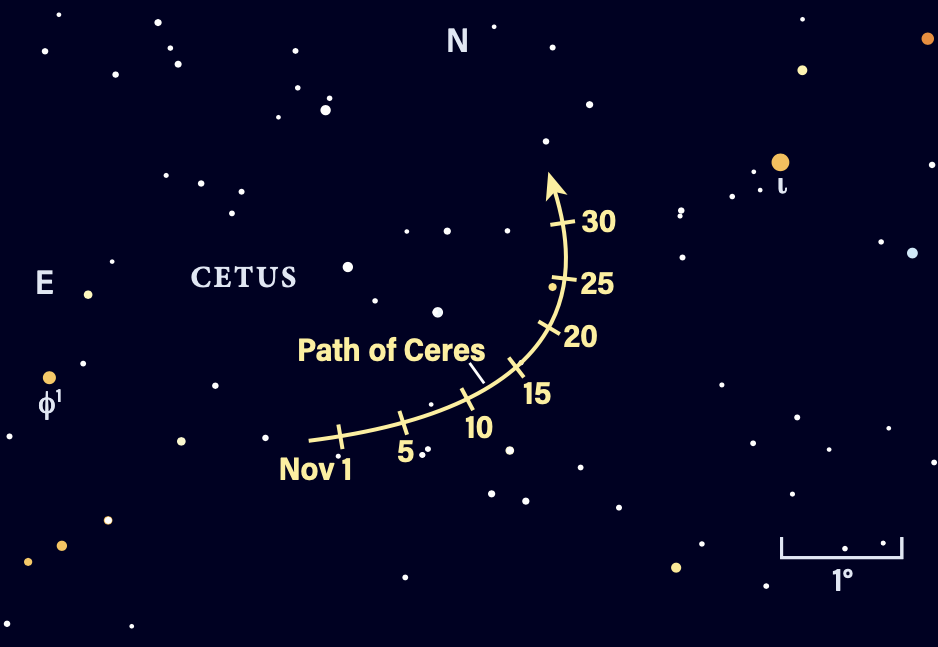
Key Takeaways:
- The article provides guidance for observing dwarf planet 1 Ceres, located within the constellation Cetus the Whale, approaching the double star HD 2447.
- Optimal viewing for Ceres is recommended around 9 P.M. local time, positioned to the lower left of Saturn in the southern sky.
- Detailed observational instructions include angular offsets from reference stars such as Iota Ceti and the components of HD 2447, noting that Ceres's movement allows for viewing its shift over successive nights.
- Ancillary astronomical data for November 14 is presented, including local times for sunrise, sunset, moonrise, and moonset, along with the Moon's phase (15% waning crescent).
Looking for a sky event this week? Check out our full Sky This Week column.
November 14: Titan’s reappearing act
Dwarf planet 1 Ceres, the ruler of the main belt, is currently making its way through Cetus the Whale. Tonight Ceres is approaching the double star HD 2447.
The best time to catch the scene is around 9 P.M. local time, when Ceres is highest in the sky. You’ll find it in the south, to the lower left of the bright planet Saturn, which dominates this region. About 9.5° southeast of Saturn is the magnitude 3.6 star Iota (ι) Ceti. From this star, move your binoculars or telescope about 2.7° farther southeast to locate 9th-magnitude HD 2447, whose companion is about 45” away. Slightly brighter 8th-magnitude Ceres is some 4.5’ southeast of this pair. You can capture all three points of light in a single field of view.
Come back tomorrow night at the same time to see that Ceres has moved just northwest of these stars — it will sit roughly 1’ from the northernmost star in the pair the night of the 16th.
Sunrise: 6:45 A.M.
Sunset: 4:43 P.M.
Moonrise: 2:20 A.M.
Moonset: 2:23 P.M.
Moon Phase: Waning crescent (15%)
*Times for sunrise, sunset, moonrise, and moonset are given in local time from 40° N 90° W. The Moon’s illumination is given at 10 P.M. local time from the same location.

